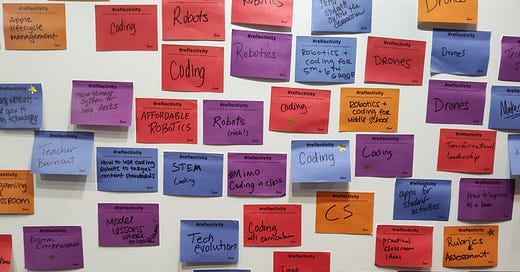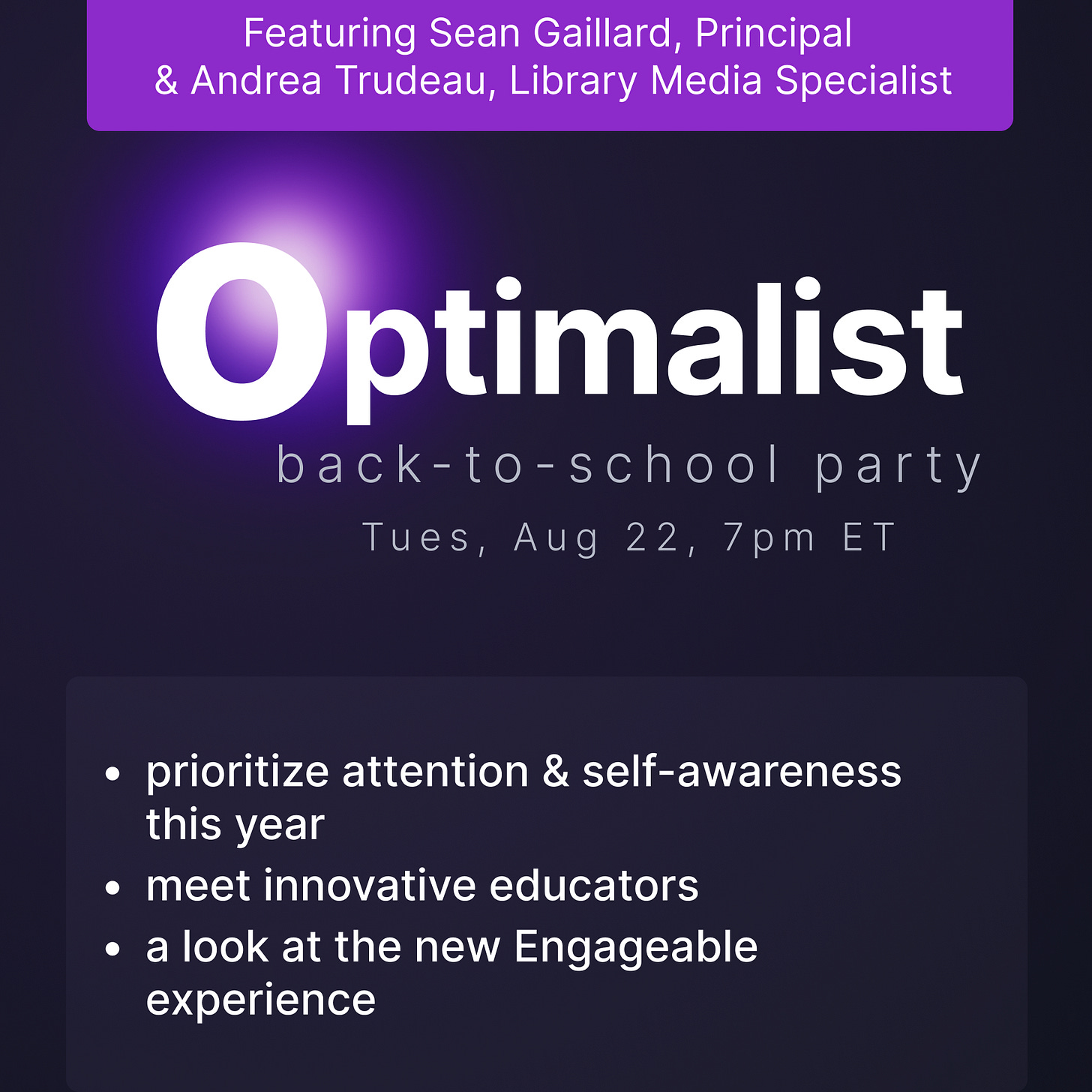Nov 30, 2022 is the date that marks the release of ChatGPT. Two months later the product had been used by 100 million people.
I’ve been fascinated by the potential impacts of AI on society ever since GPT3 arrived in 2020. A few years before that, my interest had been piqued by the machine learning work we did at Swivl developing automatic video and podcast editing tools. But what really got my attention was the breakthrough that GPT3 was creative. This hit very close to home for me as a designer.
With the arrival of ChatGPT, the world joined me in this fascination. Of course, it was not the first AI tool any of us had used. And AI is far more than ChatGPT. But it was the first generally powerful AI that a large population has now directly experienced. And its launch marks what you might consider a new era in human skill development.
“With the pace of change accelerating, adaptability is essential in the Age of AI.”
Bernard Marr (author, speaker, advisor, & futurist)
What defines this new era? It’s the era of acceleration: when the rate of technological progress has pretty much exceeded the rate of our own level of adaptability.
Before ChatGPT, you could stay ahead of technology and trends with effort. In this past era, it was also still safe to do the opposite. You could avoid new technology and trends, avoid adapting, and mostly be just fine.
That is likely no longer true on both counts.
Humans can no longer adapt fast enough to the rate of industry-leading change, even those who actively try. Those who previously tried to avoid new technology and trends can no longer hide for the length of a career. There likely isn’t a professional on earth that is safe from some level of disruption, including educators.
"...the rate of technological change is now accelerating so fast that it has risen above the average rate at which most people can absorb all these changes."
Eric Teller (CEO of Google's X)
In this era, asking is there a better way to do this? almost always leads to an answer of yes. This even likely holds true for the most risk-averse industries like healthcare. It would seem that potentially soon, ignoring the upsides of technological change will carry the same moral consequences as mistakes.
The logistical and psychological impacts this will have on us are profound. We’ve never had what is quite nearly an obligation to be adaptable, especially in response to change we can never hope to fully keep up with.
To put it mildly, this will require a massive shift in thinking for how both individuals and organizations approach skill and capability development.
For organizations, the most obvious change is that traditional training initiatives are becoming obsolete. Top down, centralized initiatives simply can’t move fast enough. In the past, organizations could set an annual plan and execute. Now, few plans will stay relevant by year’s end.
What does this look like to educators specifically? Your foreign language department tried banning Google translate, then threw their hands up and decided to work with it. Your initiative to get kids writing across the curriculum became questionable overnight with the introduction of ChatGPT. Your career readiness program gets more strained with each new headline out of Silicon Valley.
Other industries will have their own versions of this narrative.
The urge to become disillusioned and give up will be strong. But leaders, especially, can’t let that happen. There is an obligation to help everyone find their way to accepting the challenge to adapt. So this means discarding the top down approach to professional growth and adopting more of a continuous, community-driven movement to be adaptable.
Design, and its popularized version Design Thinking, is fundamentally a process for learning by doing.
What could this new approach to professional learning look like?
Primarily, it must inspire everyone to take action and grow. You need a way to express and consider far more options for skills for development than ever. You need to foster methods to learn how to do new and unproven things. You need to banish the fear of failure and commit to fast learning and iteration to make up for it. You need radical collaboration that builds momentum and support for this shared challenge.
It dawned on me the other day that this means that professional development needs to look less like traditional training and a heck of a lot more like creative design projects.
A design-centric approach to tackling human development challenges is not a new idea. This was started by my mentor Bill Burnett when he wrote the book Designing Your Life, which revolutionized career planning using design methods. Design, and its popularized version Design Thinking, is fundamentally a process for learning by doing. And it is a process that could deliver exactly the kinds of dynamic learning experiences that this era requires.
To make this happen, it will require leaders who understand the meaning of this new era and have the courage to change how they do things.
Leaders would need to recognize that the shift is not just about methods, but about culture, too. It’s well established that for creativity to flourish in an organization it requires the right culture. It requires the space and the values needed to foster it. The same is now likely true for professional growth.
This will also require rethinking values that were once entrenched, but now stand in the way, including long term planning, the avoidance of errors and mistakes, formalized learning groups and this is the way it’s always been done mindsets.
Importantly, this era requires understanding the special psychological toll of this moment. It’s bound to incite shock and lead to unproductive responses, ranging from apathy to resistance to distraction. Leaders must be extra deliberate about building supportive communities, encouraging mindfulness and reflective thinking to help everyone develop the interest they need and show up with their best selves.
Exactly how you begin this shift is less important than when. The world is already accelerating daily. The most important lesson to take away from design methodology is to set aside your instinct to judge and critique ideas before you even get started - and get in motion.
The Optima List
The best possible list of opportunities
📝 AI and Creativity
Santiago tells one story from the world of AI every week and posts it on Twitter, and last week he read our minds. We published our issue on Meta Creativity, tackling the issue with the Torrance Tests of Creative Thinking and what it means in the age of AI. And a few days later, Santiago posted this:
🗣️ Being Present as a School Leader
This week’s episode of the podcast delves into the concept of presence as a leader and the challenges that can hinder our ability to be fully present. Our guest, Sean Gaillard, shares his personal experiences and emphasizes the importance of aligning presence for oneself and for loved ones in order to better serve others. We explore various obstacles that can impede presence, including external and internal noise, doubts, pressure, and the lack of value placed on presence in today's digital world.
Listen as Sean and host, Sara, discuss what it means to need presence as a leader, to respect your biological and mental need for pause in your day, and the role of self-awareness in being effective at any mindful routine.
You can listen at the Spotify player below, right here in our Substack, or anywhere else you like to listen to podcasts.
🥳 Special Event for Back to School - Save the Date! 🥳
You can pre-register for our first-ever back-to-school community event here. More information coming, but we’d love for you to #getengaged with us to kick off this year!











